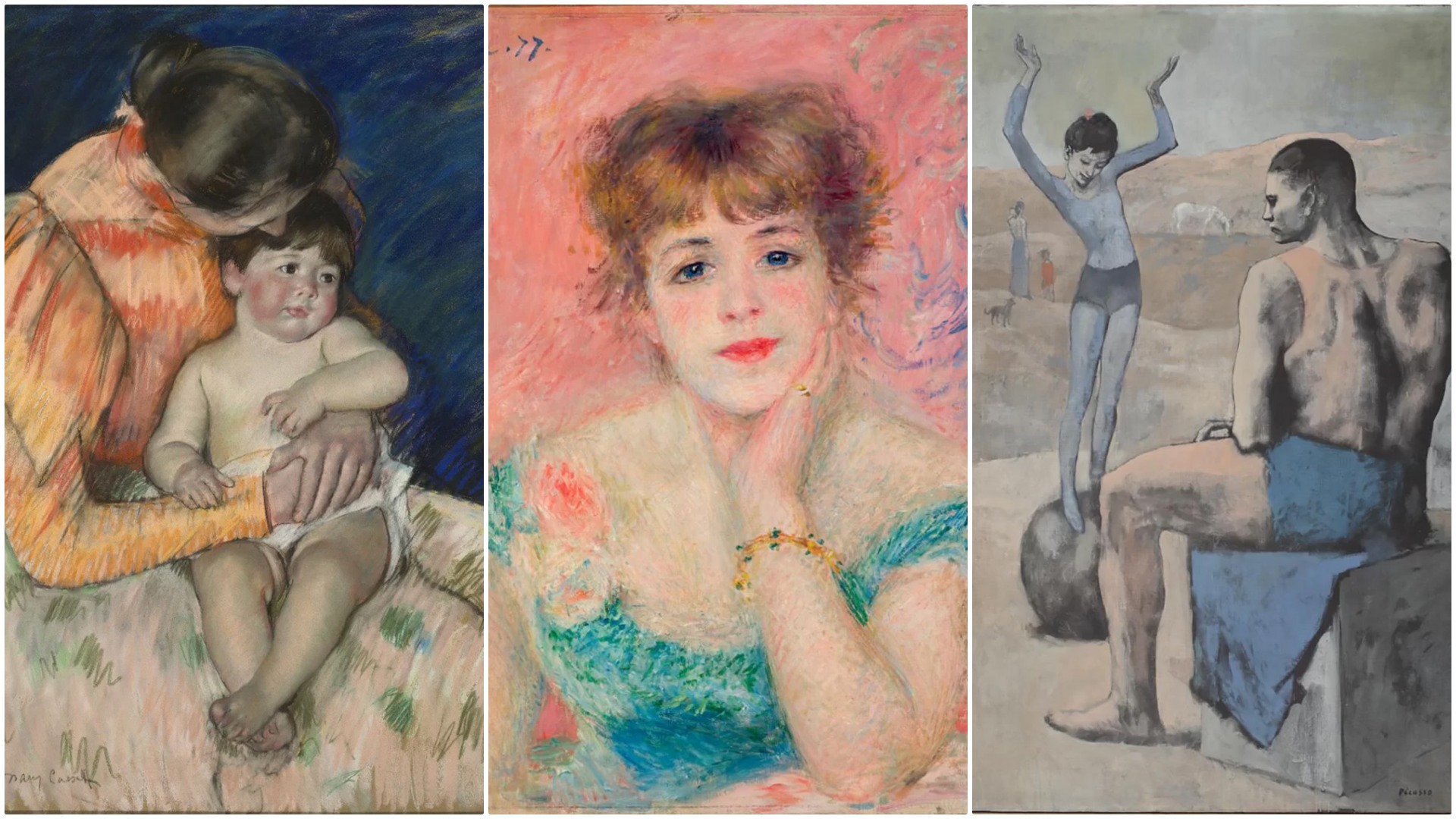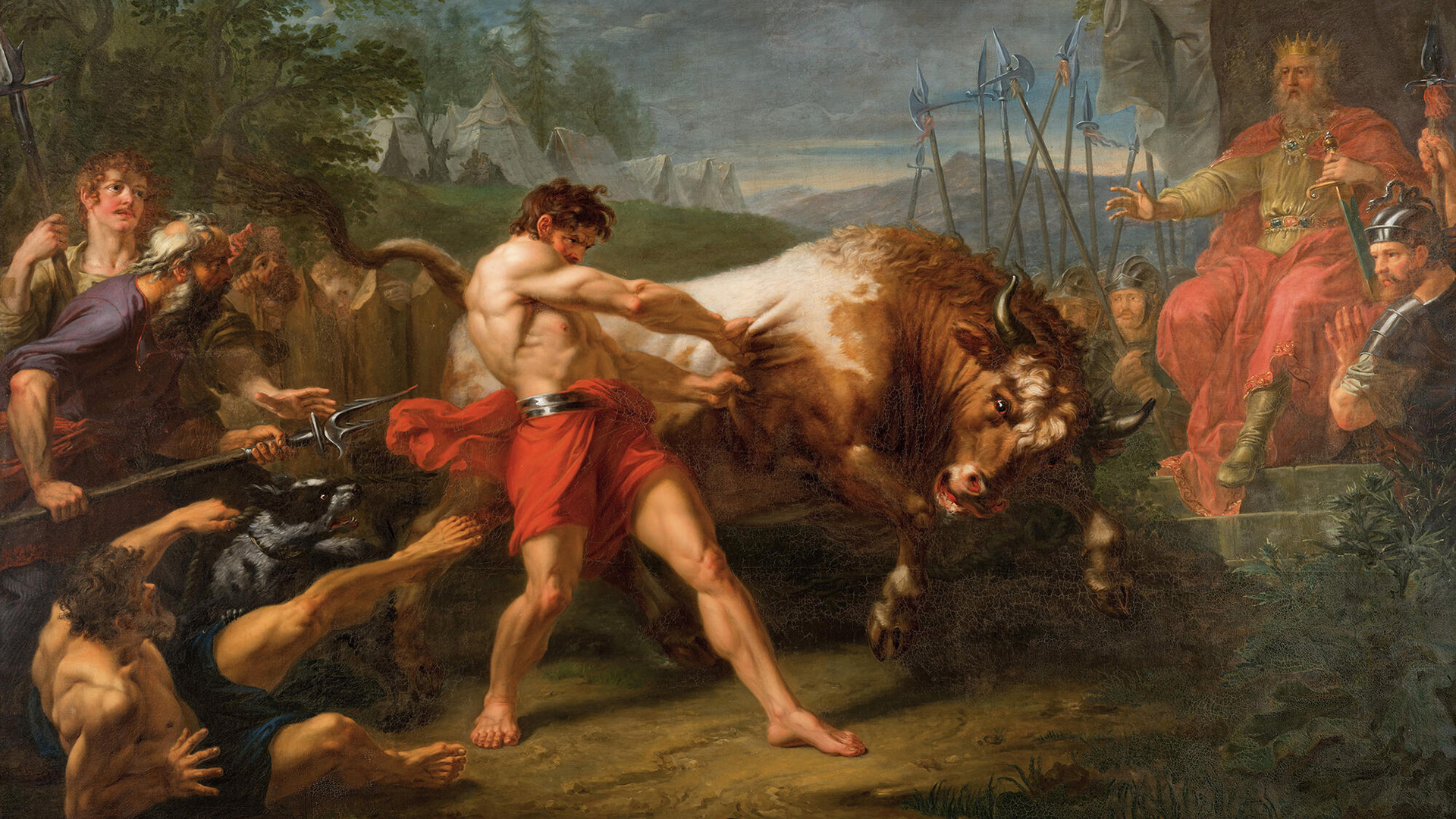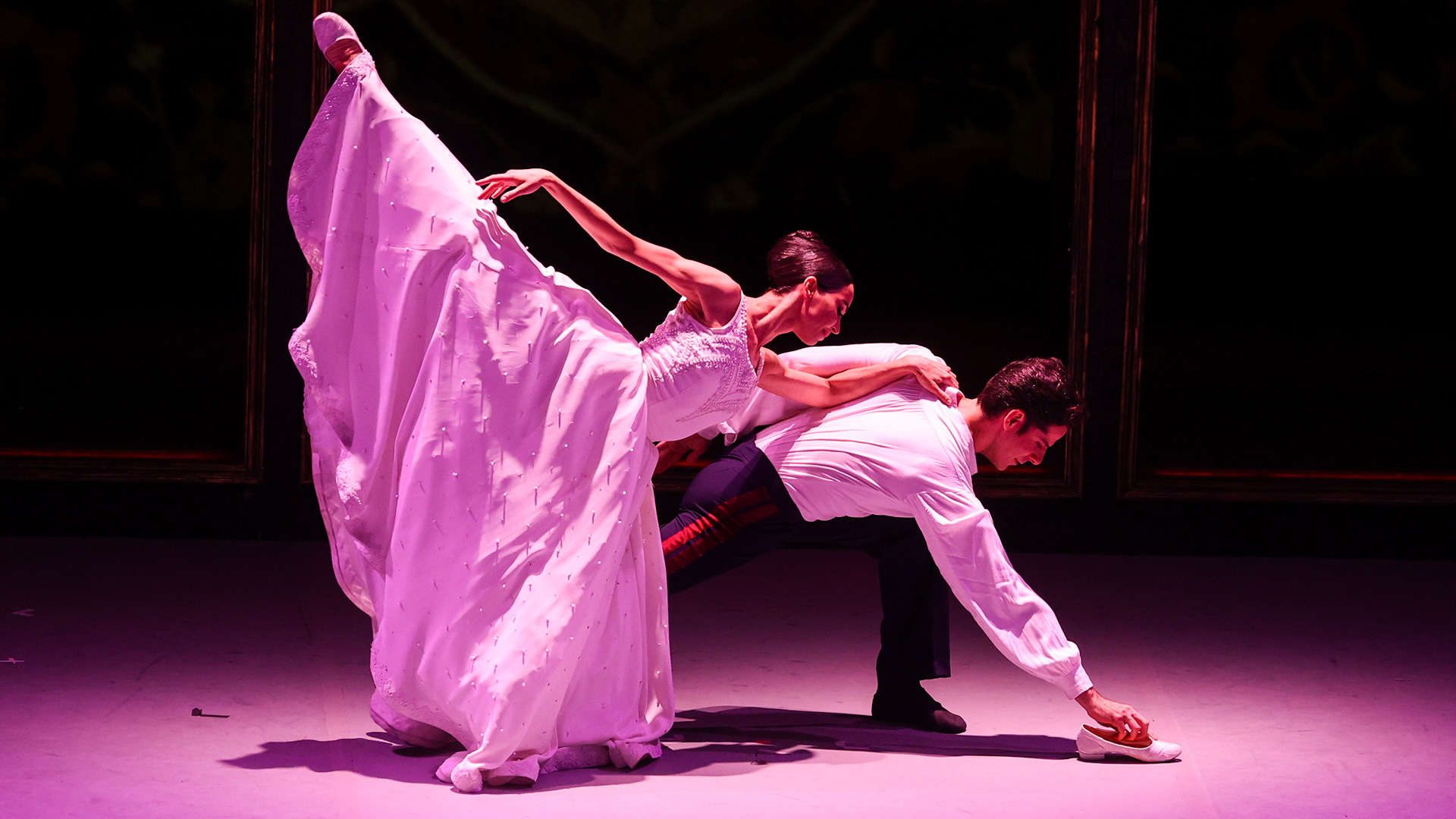
Why did foreign films in Russia have sad endings?


At that time, cinema was one of the most accessible forms of entertainment. According to film historians, there were at least four cinemas on the main streets of even small towns with populations of just 25,000-30,000 people.

Westerns, silent dramas and comedies all reigned on the big screen often following each other. What is interesting is that some were released with an ending specially modified for Russia.
One of the first was the movie ‘Bride of Fire’ (1911) by ‘Pathe’ and then the trend was picked up by Danish ‘Nordisk’. Some of its movies had two endings: a happy one for English and American audiences and a tragic one for Russian ones.

There were times when the sad ending was filmed in Russia with double actors. Isak Thorsen's book about Nordisk mentions that for one of the movies with the Danish silent film
star Valdemar Einar Psilander, the studio considered the possibility of filming an alternative ending. Actor Alexander Volkov was named as his stand-in during additional filming in Russia.

Why did the studios go to such lengths? The answer was given in a publication of the Russian ‘Kinogazeta’ magazine in 1918: “Russian cinema chooses its own path. Everything is good that ends badly… We need tragic endings.”

“It can be assumed that alternative endings were a way to improve box office receipts, but not only. It is impossible not to take into account the psychology of the Russian viewer, their mentality and, of course, the traditions of Russian literature,” explains director Olga Olgina. “We should not forget about Stanislavsky's system, because the movies of that time also featured theater actors who had gone through his school. The tragic ending of a movie gave it a greater emotional intensity, making the audience empathize and sympathize with the characters.”












